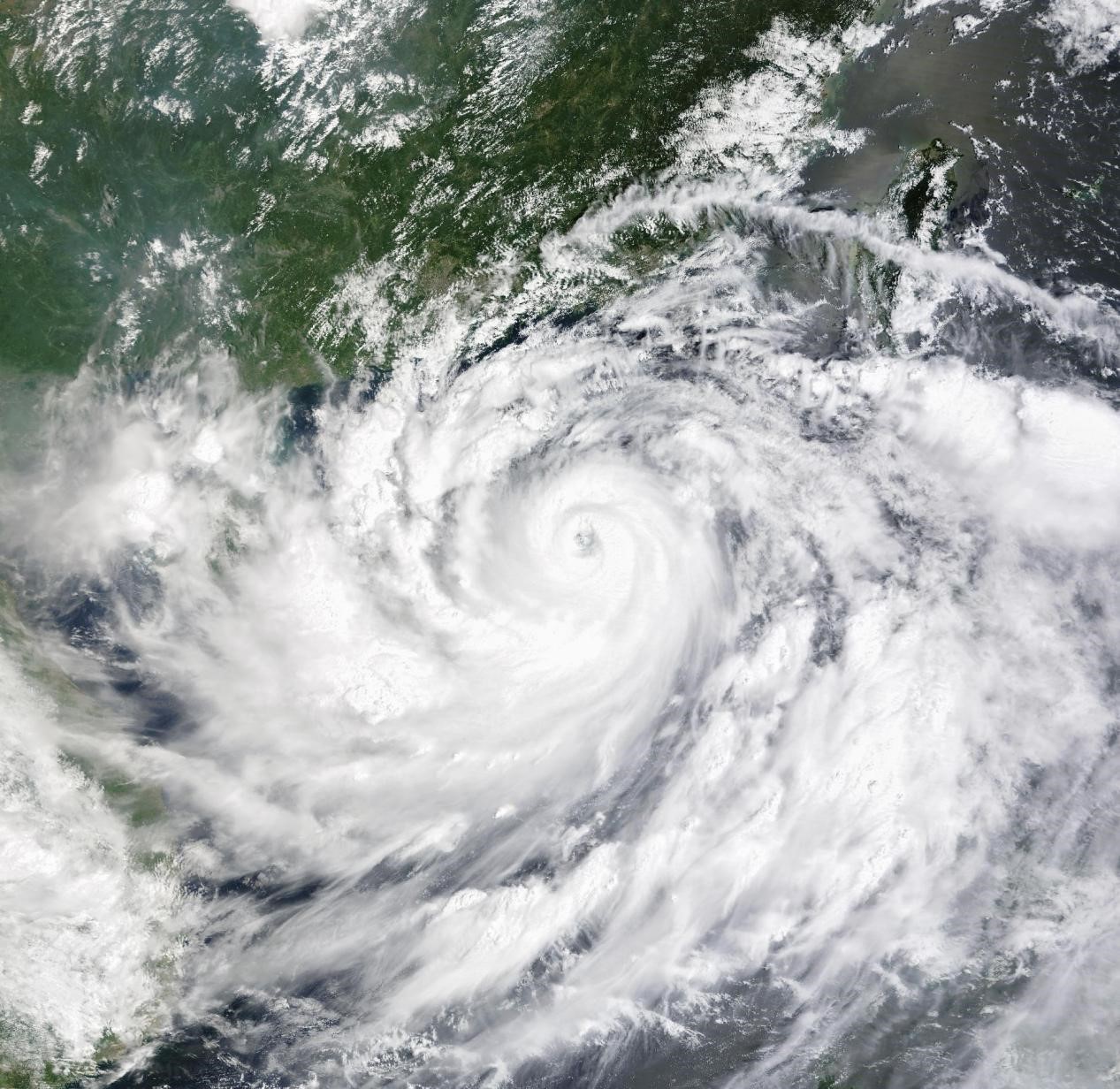Decoding the Connection Between Stratospheric Gravity Waves and Tropical Cyclone Intensity Changes
Date:2025-06-16
Tropical cyclones are among the most destructive weather disasters in nature, causing significant loss of life and property every year. Despite continuous advances in meteorological forecasting technology, accurately predicting changes in tropical cyclone intensity—especially rapid intensification—remains a major challenge. Traditional observation methods have certain limitations; for example, infrared and visible satellite observations are often hindered by the cloud canopy of tropical cyclones, making it difficult to directly detect the eyewall region. This technical bottleneck restricts the real-time monitoring of tropical cyclone intensity changes.
To address this problem, the Institute of Atmospheric Physics at the Chinese Academy of Sciences, in collaboration with Forschungszentrum Jülich in Germany, the University of Bath in the UK, and the Northwest Research Associates in the US, has proposed an innovative approach for monitoring tropical cyclone intensity—inferring the intensification process by observing stratospheric gravity wave activity. The study was published in Geophysical Research Letters.

Typhoon Yagi of the 2024 typhoon season in the Northwest Pacific Basin. NASA Earth Observatory image by Michala Garrison, using MODIS data from NASA EOSDIS LANCE and GIBS/Worldview.
The research team utilized advanced three-dimensional wave analysis methods and ray-tracing models to reveal for the first time the unique features of stratospheric gravity waves triggered during the intensification of tropical cyclones. During this phase, intense, deep, and frequent convective activities generate special gravity waves characterized by higher frequencies, shorter horizontal wavelengths, and longer vertical wavelengths. As a result, these gravity waves can propagate upward to the stratosphere efficiently and rapidly.
"Our study found that these waves can reach the middle and upper stratosphere from the troposphere in about twenty minutes, and such wave activities are often observed in the stratosphere before the tropical cyclone reaches its peak intensity." said Dr. Wu Xue, the lead author of the study.
In other words, as the cyclone intensifies, stratospheric gravity wave activities also strengthen. Therefore, increased stratospheric gravity wave activity may serve as a potential early warning signal for tropical cyclone intensification. Observing these waves with satellite remote sensing instruments in the infrared and microwave bands is expected to become a new method of monitoring and predicting tropical cyclone intensification in the future.
The research team noted that this study lays a crucial foundation for understanding the relationship between stratospheric gravity waves and changes in tropical cyclone intensity. In the future, they plan to further validate this mechanism under various meteorological conditions to obtain more universal conclusions. At the same time, they will explore multi-satellite joint observation strategies to improve the accuracy of intensity change predictions—thus providing strong scientific support for reducing the risks associated with tropical cyclones.
